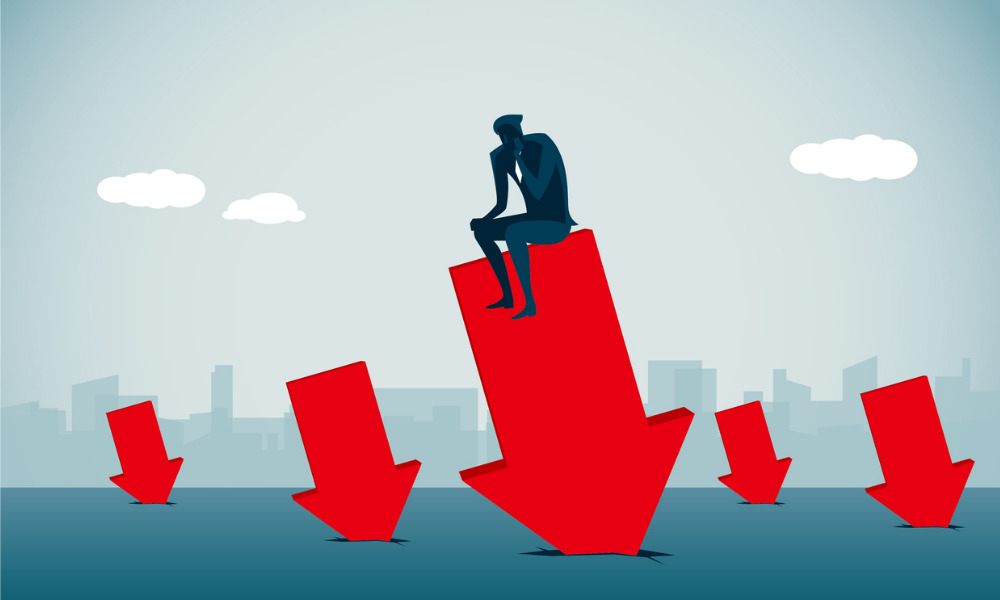
There's an increasingly tight labour market, with high demand for engaging and retaining workers, as well as ongoing labour shortages

Australia's unemployment rate sank to 3.5% in June 2022, the lowest recorded in the country since August 1974, according to data released by the Australian Bureau of Statistics (ABS).
"With employment increasing by 88,000 people and unemployment falling by 54,000, the unemployment rate fell by 0.4 percentage points, to 3.5%," said Bjorn Jarvis, head of labour statistics at ABS. "This is the lowest unemployment rate since August 1974, when it was 2.7% and the survey was quarterly."
The unemployment rate for men 3.6% was at its lowest since May 1976, according to Jarvis, while unemployment for women is also at its lowest since February 1974 at 3.4%.
"The large fall in the unemployment rate this month reflects more people than usual entering employment and also lower than usual numbers of employed people becoming unemployed," explained Jarvis. "Together these flows reflect an increasingly tight labour market, with high demand for engaging and retaining workers, as well as ongoing labour shortages."
According to the ABS, employed individuals in Australia increased by around 88,000 people in June - a hike of 0.7% - reflecting the country's growing trend in employment rate since Delta-related restrictions began easing. Jarvis pointed out that the monthly employment growth in the past three months have been around 51,000 to 52,000 people since November 2021, similar to the average monthly increase before the Delta lockdowns (61,000 people).
"Employment growth continues to follow a reasonably consistent trend," said Jarvis. "The growth continues to be noticeably stronger than before the pandemic when the trend was around 20,000 people each month."
Employment population ratio increased to 64.4% in June, driven by strong increase in female and youth employment. Jarvis said female employment accounted for two-thirds of the total increase, with an employment-to-population ratio of 60.3% - which is 2.3 percentage points above the pre-pandemic level and a new record-high.
Employment for individuals aged between 15 and 24 years old also increased by 23,000 (1.1%) and accounted for a quarter of the total employment hike, according to the report.
Seasonally adjusted hours worked, however, dipped by less than 0.1% in June, which the ABS attributed to influenza and COVID-19.
"In line with large numbers of COVID-19 cases in June, the number of people working reduced hours due to illness continued to be high. This reflected ongoing disruption associated with the Omicron variant and cases of influenza," said Jarvis.